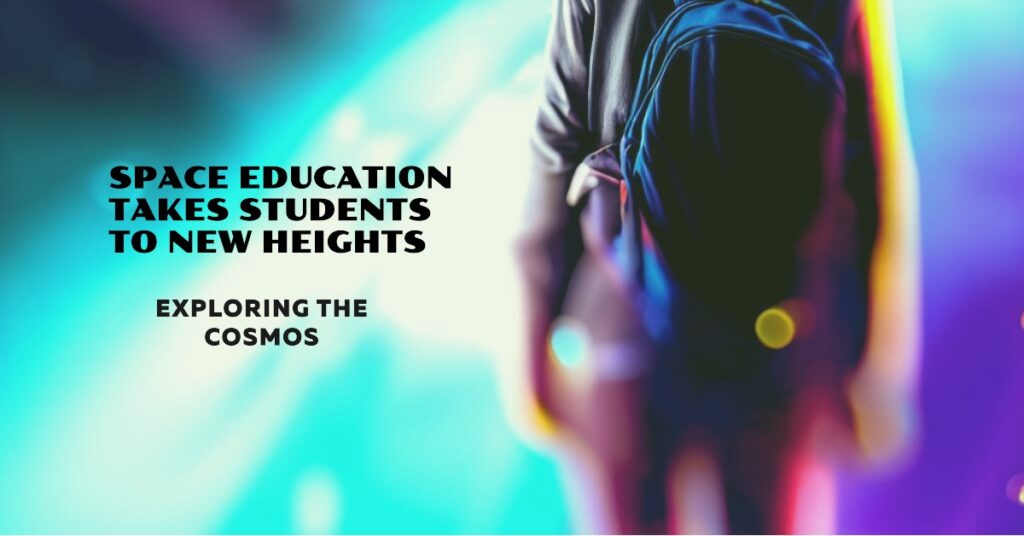Space exploration has captivated the imagination of humanity for centuries. From the early days of gazing at the stars to our present-day endeavors to send humans beyond Earth’s atmosphere, our fascination with space knows no bounds. With this growing interest comes the undeniable need for comprehensive laws and policies that prioritize the protection of astronauts and other space travelers.
The exploration of space is not without its inherent risks. The vastness and complexities of outer space pose unique challenges that necessitate a robust legal framework.
Beyond the technical aspects, it is crucial to recognize that every individual who embarks on these extraordinary journeys deserves to be safeguarded in terms of safety, well-being, and rights. Ensuring the safety and security of astronauts is paramount in a field where risks are intrinsically woven into every mission.
The tragic accidents that have occurred throughout history, such as the Challenger and Columbia disasters, serve as stark reminders that human lives should never be taken for granted. Therefore, laws and policies must be designed to mitigate these risks by incorporating stringent safety protocols grounded in scientific knowledge and technological advancements.
International Framework for Space Activities

The Outer Space Treaty of 1967
The Outer Space Treaty of 1967 stands as a cornerstone in the international regulation of space activities. This landmark agreement, ratified by over 110 countries, provides a comprehensive framework to ensure the protection and well-being of astronauts and space travelers. Its provisions are rooted in the ideals of peaceful exploration, non-appropriation, and international cooperation.
One of the treaty’s fundamental principles is the emphasis on peaceful exploration. It prohibits nations from deploying weapons or military installations in outer space, ensuring that this celestial realm remains free from armed conflicts.
By fostering an environment conducive to scientific collaboration and mutual understanding, this provision safeguards astronauts’ safety and helps preserve outer space as a sanctuary for peaceful endeavors. Furthermore, the Outer Space Treaty emphasizes non-appropriation.
It declares that celestial bodies such as planets or moons cannot be claimed by any nation-state. This principle ensures that no single entity can assert sovereignty over extraterrestrial resources—an essential safeguard against exploitation and territorial disputes among spacefaring nations.
By establishing collective stewardship over celestial bodies, this provision helps protect astronauts from potential conflicts arising from resource acquisition. Crucially, the treaty also addresses harmful interference with space activities.
It obligates States to avoid actions that may impede or endanger other nations’ missions or equipment in outer space. This provision ensures a secure environment for astronauts by promoting responsible conduct and respect for each nation’s endeavors beyond Earth’s atmosphere.
It establishes a means for resolving disputes peacefully through diplomatic channels—a vital aspect of preserving harmonious relations between spacefaring entities. The Outer Space Treaty of 1967 represents an internationally recognized framework designed to safeguard astronauts and other individuals engaged in space travel.
Its strong emphasis on peaceful exploration, non-appropriation, and protection against harmful interference ensures the collective security and well-being of those venturing into the vast cosmic realm. As we delve deeper into the mysteries of outer space, adherence to this treaty remains paramount in upholding the noble aspirations of humanity’s celestial odyssey.
National Laws and Regulations

United States: National Aeronautics and Space Act of 1958
The National Aeronautics and Space Act of 1958, signed into law by President Dwight D. Eisenhower, holds immense significance in ensuring the protection and well-being of astronauts under the jurisdiction of NASA. This pioneering legislation clearly establishes NASA’s responsibility for astronaut safety, underscoring the agency’s commitment to prioritizing human lives during space exploration endeavors.
The act mandates that NASA implement comprehensive measures for medical monitoring, training, and pre-flight preparations for astronauts. Under this law, a meticulously structured system is put in place to safeguard the physical and mental health of astronauts before they embark on their space missions.
Rigorous medical examinations are conducted to assess their fitness levels, ensuring that they are prepared to endure the demanding conditions inherent in space travel. Additionally, extensive training programs covering diverse aspects such as spacecraft operations, emergency procedures, and psychological resilience are designed to equip astronauts with the necessary skills and knowledge required for their missions.
Federal Aviation Administration (FAA) Regulations
In addition to NASA’s legal framework outlined by the National Aeronautics and Space Act of 1958, commercial spaceflight activities fall under the purview of another crucial regulatory entity – the Federal Aviation Administration (FAA). The FAA sets forth a set of regulations that specifically apply to commercial spaceflight operators within the United States.
These regulations encompass licensing requirements that entities must adhere to before conducting crewed spaceflights commercially. The licensing process ensures that operators meet stringent safety criteria before being granted permission for launch operations.
Furthermore, FAA regulations establish safety standards governing crewed spacecraft design, manufacturing processes, operational procedures, emergency preparedness protocols, and ongoing maintenance requirements. These comprehensive guidelines aim to minimize the risks associated with manned space missions while promoting a secure environment for astronauts.
Other countries’ legislation: Russia: Federal Law “On Space Activities”
Russia, a prominent player in space exploration, has its own legislative framework to protect astronauts and ensure their rights are preserved throughout the process of training, missions, and post-flight periods. The Federal Law “On Space Activities” (PDF) establishes a strong foundation for safeguarding astronauts’ well-being and ensuring their fair treatment. This law guarantees that astronauts have legal protection when participating in space activities conducted by Russian organizations.
It outlines the rights and responsibilities of astronauts, emphasizing fair treatment from recruitment to the end of their service. Moreover, it highlights measures to prevent discrimination based on gender, race, nationality, or any other factor during the astronaut selection and training processes.
Importantly, this legislation includes provisions for compensation mechanisms in the event of astronaut injuries sustained during space missions. These mechanisms are designed to ensure that astronauts receive adequate support and financial security should they suffer harm while undertaking duties related to space exploration.
Final Thoughts

As humanity ventures further into the uncharted realms of space exploration, our commitment to protecting those who dare to journey beyond our planet becomes increasingly vital. Through international treaties like the Outer Space Treaty of 1967 and national laws such as the National Aeronautics and Space Act of 1958 in the United States or Russia’s Federal Law “On Space Activities,” robust frameworks have been established to safeguard the health, safety, and rights of astronauts and other space travelers.
These laws ensure that meticulous medical monitoring protocols are followed before launch preparations commence. Rigorous training programs equip astronauts with the necessary skills, while comprehensive safety standards govern spacecraft design and operational procedures.
Furthermore, legislation emphasizes fair treatment throughout an astronaut’s career trajectory while offering compensation mechanisms in case of injury. With these steadfast legal foundations governing human presence in space, we embark on a future where bold explorers can traverse cosmic frontiers with confidence – knowing that their well-being and rights are diligently protected.

C M, a seasoned editor, journalist, and consultant, is deeply fascinated by the convergence of technology, space, and the future of humanity.
With a particular interest in transhumanity, futurology, and the philosophical and ethical dimensions of these domains, C M serves as the lead contributor to SpaceSpotlight and TranscendSphere.
When not penning insightful articles on these rapidly evolving fields, C M indulges in their love for podcasts and books, proudly embracing their status as a ‘Happy Nerd Extraordinaire!’



